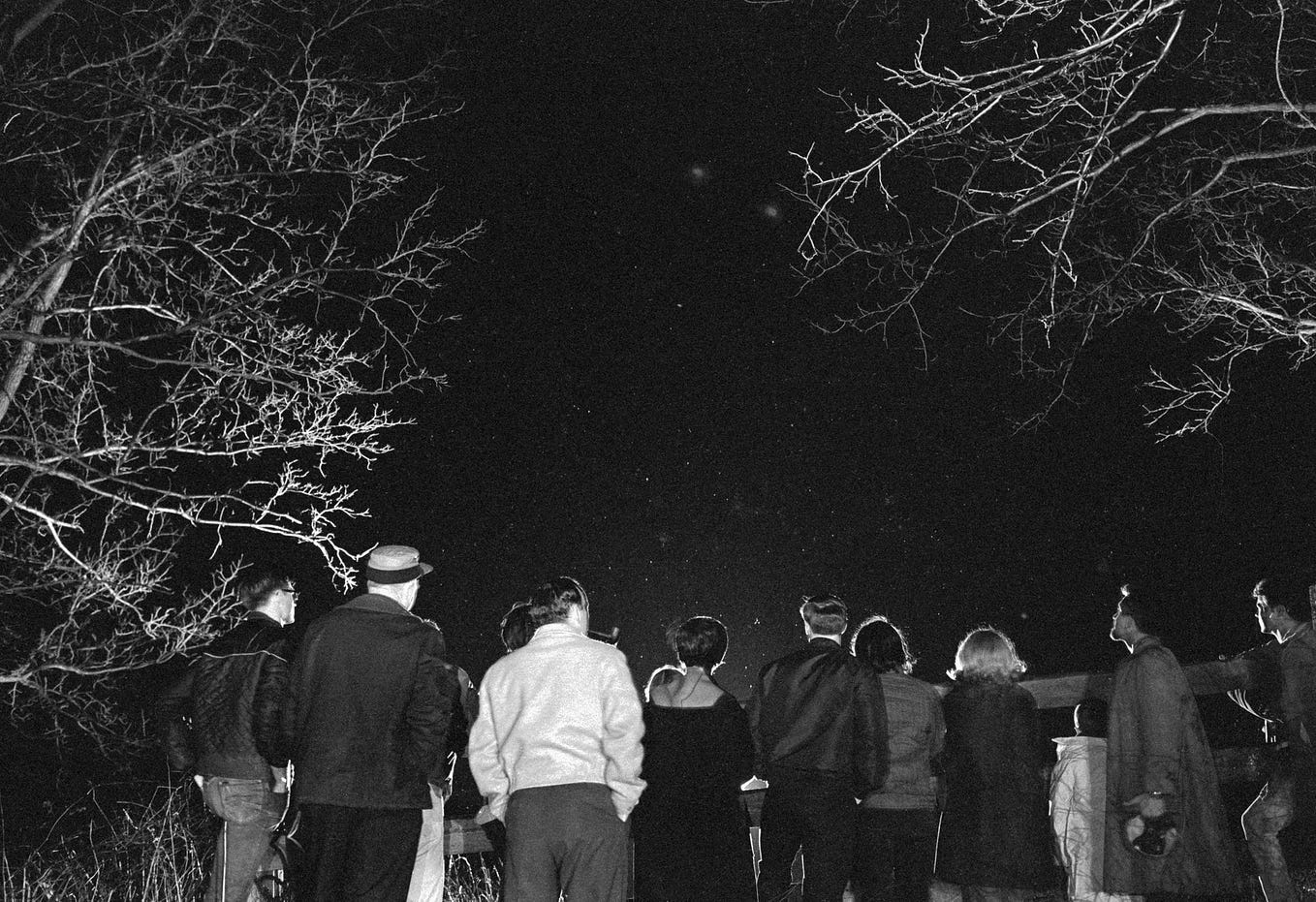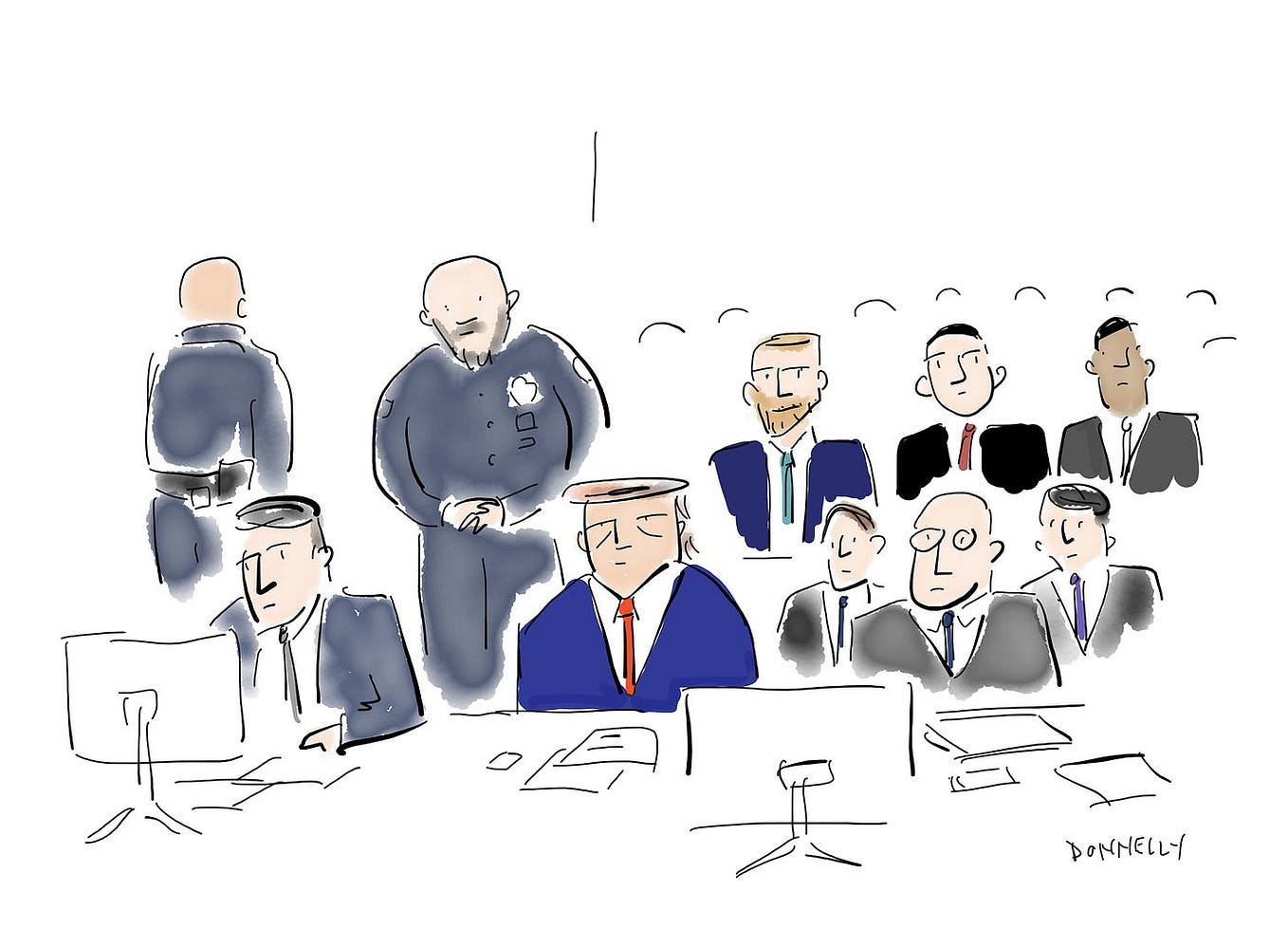Expect the Unexpected: Dark Humour and Social Critique in “Memories of Murder”
CJ Entertainment.
Each genre attached to a film, as its descriptive labels, sets up a ritualistic cycle for audience expectations. For crime genre films, these rituals heavily rely on themes of vengeance, retribution, investigation, and, in crime-thriller cases, a continuous hunt for a serial killer that unravels the mystery in varying ways. The dependence on such conventions ensures a certain level of satisfaction and gratification of supposition for the audience. Although this overarching rule implies categorization based on similarity, the restraints for the genres are not entirely definitive or rigid. Sparks of creativity and unique artistic visions can bend and merge these borders however suitable, as the case is with Bong Joon-Ho’s 2003 sophomore film Memories of Murder. Despite being a typical crime-thriller at an initial glance, it is actually exemplary in manipulating genre conventions. With its elusive components and convolution, Memories of Murder adapts comical elements to make a social critique, all in the guise of a predictable serial killer chase.
When examining the genre, semantics play a decisive role, according to the approaches of Rick Altman. Semantics refers to the traditional building blocks of film (including shots, locations, settings, characters, and the like) commonly shared by works of the same genre. Though they have little explanatory power, these commonly shared elements possess broad applicability for categorization (Altman, 1984). One easily identifiable aspect of crime films, for instance, is the set environment. Contrasting the common crime genre approach of using low-key lighting to create dark atmospheres, generally, in large and hustling cities, Memories of Murder establishes its own unique take in the opening sequence with the vigorously warm colors of South Korea’s rural rice paddies and resonant blues of the clear sky (Simmons). The initial sense of the film is more resemblant of a leisurely slice-of-life rather than a loosely-based adaptation regarding a series of true crimes that terrorized Koreans for years. The pace remains slow and gives the audience enough time to digest the nature-based beauty of it all, a technique that often recurs with dramatic shots that focus on aesthetics more than anything else (Klein, 2008). In the opening sequence, however, this prioritization of the color-rich visuals feels contradicting with the context. When one of the main characters, a detective, discovers the rotting corpse of a young woman, the uneasiness is heightened not by the chilling atmosphere but by the light-hearted tone surrounding the body as both the children continue to run around, playing with the dead woman’s clothes. The detective possesses a slightly playful manner with one of the kids. The abrupt transitions between the frolics of the children under the beaming daylight and fragmented glances at the corpse inside of the murky gutter visually foreshadow the main principle of the film: combining the wicked with the casual, the horrified gasp with the involuntary chuckle.
CJ Entertainment.
The film ends in the very location it starts, radiating a remarkably similar feel, although it’s years later. The vividness of the sunlight predominantly occupies these two sequences, masked as an awkward greeting and a disturbing goodbye, and is replaced by continuously bleak weather in between. A certain pattern is soon revealed to follow the steps of the serial killer. Every time it rains, a woman is found raped and murdered. Therefore, due to the investigation throughout, much of the scenes are depicted in overcast and rainy weather, dimly lit police stations, and overall gritty atmospheres, as most crime films do. To distinguish itself from the standard crime-thriller, though, Memories of Murder now lightens the weight of the storyline and the density of the weather through its characters’ acts in the form of slapstick and dark humor. The two detectives at work are not the best at their jobs; the film's gist can be summed up as what not to do during a procedural investigation. Their inadequacy, unprofessional outlook, and mannerisms comprise another way in which the contextual balance between gruesome acts and comedy occurs. As the two detectives abuse a physically and mentally handicapped suspect who is pretty obviously innocent, for example, they suddenly take a break to eat dinner and watch a TV show, all three of them together. The absurdity evidently insinuates a superficial reality, even though the base of it all is extracted from real life (Klein, 2008). Such nonsensical acts -including clumsiness where a police chief falls down a slope of grass, naivety where one of the detectives tries going to a fortune teller to help him find the murderer or sole carelessness where a driver runs over crucial evidence- collectively increase the film’s perceived amusement. Claiming Memories of Murder gradually morphs into a dark-humored sitcom would not be audacious. With every single emphasis on the detectives’ lack of accurate speculation and outright logic, it becomes more difficult to take the matter at hand seriously, no matter how chilling the premise is.
The components of a genre cannot contribute to a story without syntax, the way they are arranged and pieced together. Due to the manipulation of the standardized semantic components of the crime genre film, Memories of Murder also possesses altered nuances. Unexpectedly enough, the film aims to draw attention to everything but the most obvious. At first glance, the serial killer roaming the countryside seems to be the foremost issue. Once the layers are pulled, though, it reveals itself to revolve around the reverse structure of justice, where the detectives are becoming criminalized (Jeon 2011). Firstly, the detectives appear insufficient; however, the blatant planting of evidence and abuse of power quickly arise. Instead of tracking the suspects according to the factual evidence, the detectives choose to shape the evidence to fit the suspects they already have. Despite their heinous brutality, they are also able to cast a light-hearted tone since the acts of detectives are presented through comical irrationality. As the dark comedy sitcom-esque atmosphere is further established with every passing sequence, except for the ones that frame the murdered bodies of women, it comes to a point where the crime scenes themselves feel out of place instead of the unexpected humor. Memories of Murder is still a crime film, just not about South Korea’s first serial killer. Rather, it’s a study on the corrupt rural police force. By putting the least amount of emphasis on what generally attracts the most spotlight, the murders, Memories of Murder laces its storyline with the unexpected (both visually and contextually). This shock value allows the audience’s minds to wander more freely and causes more ambiguity than before.
CJ Entertainment.
The promotion of certain rhetorics can be strengthened with the presence of certain genres. For Memories of Murder, the embedded ideology concerns the very notion the film’s form plays around with: the criminals. Generally, crime dramas are constructed to affirm people’s belief in justice as the police force is presented as “good, intelligent, and competent, while the offenders are portrayed as ‘bad’, unsympathetic, and blameworthy” (Cavender & Deutch, 2007, cited in Welsh et al, 2011). In the deceitful structure that constitutes Memories of Murder, a harsh and cold reality check appears out of nowhere. The admirable qualities assumed to be associated with the police force are eliminated from the get-go; the blameworthy criminal never takes the blame and is never identified in the first place. Anything that is expected to occur as the convention is irritatingly skewed. Considering the film's fact-based nature, this observation becomes more significant. The story is in late 1980s South Korea, ruled by a martial law government (Singh, 2020). The decades-long military dictatorship has its roots not only in the minds of citizens but also in Memories of Murder. The end of the military dictatorship was drawing close to the appearance of violent crimes in the country’s sleepy countryside, around the time the inspiration for this film had triggered itself into existence in 1986 (Jeon, 2011). Serving as a combination of the two, Memories of Murder adopts the theme of crime itself to criticize the endured dictatorship. The dark comedy is solely a false spectacle, there to attract interest because if the absurd actions of detectives go unnoticed, concealed by the cruelty of the crimes, how will the ulterior problem be addressed? Within the restraints of the small village, the detectives serve as dictators, trying to force control through abuse, exploitation, and manipulation. By lightening their violence with humorous elements, Memories of Murder also draws emphasis on the wrongful possession of power in the hands of people who do not deserve nor justify them.
Apart from a historical lens, films can also be shaped around ideologies on an individual-oriented level. The serial killer is never caught, never identified. Being left open-ended has two outcomes: staying loyal to the actual case’s progress at the time and, once again, choosing not to satisfy curiosity as a crime film generally tends to do. Instead of providing closure with a given name, the ending of Memories of Murder leaves more question marks than the opening sequence. Before the final scene, the audience is accustomed to assuming the serial killer is located in close proximity to the retrieved corpses, or perhaps in another town, another country, or maybe in another part of the world. However, this bubble of conventional ritual has popped, too. At the very end, several years after the comedy of errors, the detective who was the one to bend down and discover the corpse of the first young woman finds himself in the same place, though no longer a detective. Paralleling the opening sequence, the scenery is nearly a duplicate, and an approaching little girl resembles the playful young boy from the beginning. It is a small transaction of words, the little girl claiming to have witnessed another man bending down in the same place, just a few days ago, possibly being the villain. When asked by the ex-detective to describe his appearance, the girl responds with “plain” and “ordinary”. It is the utterance of those two mundane words that makes the fourth wall come tumbling down. The ex-detective looks straight into the camera with an expression of absolute terror in the eyes of the viewer, and though he doesn’t say anything, the message is apparent. As he digests the ‘banality of evil’, realizing the ambiguity knows no boundaries and has the potential to reach anywhere, the film comes to an end (Singh, 2020). With the revelation (or reminder), the audience, too, succumbs to the notion of evil being everywhere at any given time. Murderers do not come in certified costumes or with ableist labels that actively separate them from the general society. It could be anybody, ordinary enough to live.
CJ Entertainment.
Genres can be construed as guidelines to follow but do not always require total surrender to conventions. Bong Joon-Ho’s Memories of Murder never fails to be considered a crime film, regardless of its visual and contextual inconsistencies with the genre's pre-requisites. By layering themes and meanings, Memories of Murder creates a string of interpretations, with each clue leading to the next. Being historically and culturally rooted implies considerable importance for the film, given the inspiration behind it, and makes this fact known from the beginning by establishing the setting with South Korea’s signature scene, rice paddies, and ending it there, too. Even though this consistency in location signifies a sense of border for the storyline, as the ending sequence highlights, crime is universal. Whether it be the serial killer crimes that haunt towns and cities or the corruption of the police force and the government, crime is evident nonetheless.
Sources
Altman, R. (1984). A semantic/syntactic approach to film genre. Cinema Journal, 23(3), 6. https://doi.org/ 10.2307/1225093
Bong, J.H. (Director). (2003). Memories of Murder [Film]. CJ Entertainment.
Jeon, J. J. (2011). Memories of Memories: Historicity, nostalgia, and archive in Bong Joon-ho’s memories of
murder. Cinema Journal, 51(1), 75–95. https://doi.org/10.1353/cj.2011.0065
Klein, C. (2008). Why American studies needs to think about Korean cinema, or, transnational genres in the
films of Bong Joon-ho. American Quarterly, 60(4), 871–898. https://doi.org/10.1353/aq.0.0041 Simmons, G. (n.d.). Conventions of crime films. Media Coursework BlogMY STORY. Retrieved May 13,
2022, from https://georgesimmons-mediablog.weebly.com/conventions-of-crime-films.html
Singh, R. (2020, October 30). Bong Joon-ho’s memories of murder: A murder mystery, Asian-style. Film Companion. Retrieved May 12, 2022, from https://www.filmcompanion.in/readers-articles/ memories-of-murder-review-bong-joon-ho-a-murder-mystery-asian-style/
Welsh, A., Fleming, T., & Dowler, K. (2011). Constructing crime and justice on film: Meaning and message in Cinema. Contemporary Justice Review, 14(4), 457–476. https://doi.org/ 10.1080/10282580.2011.616376









